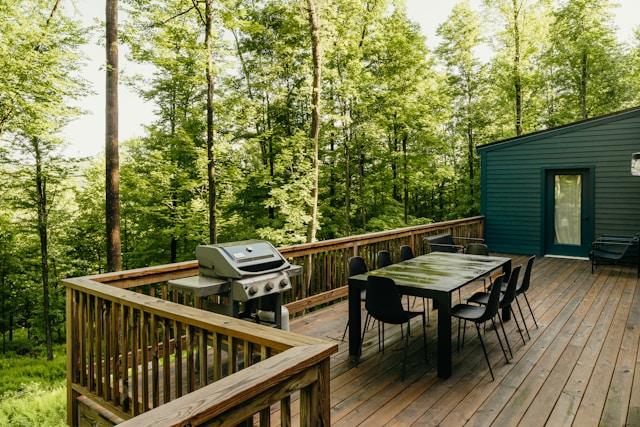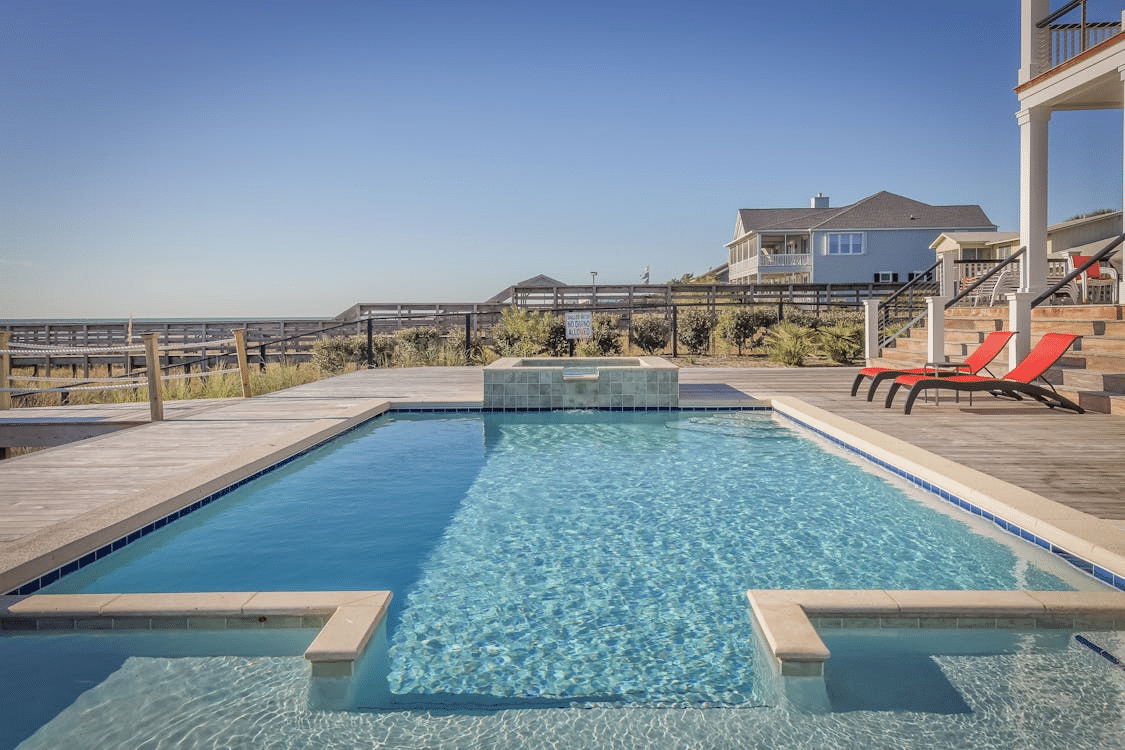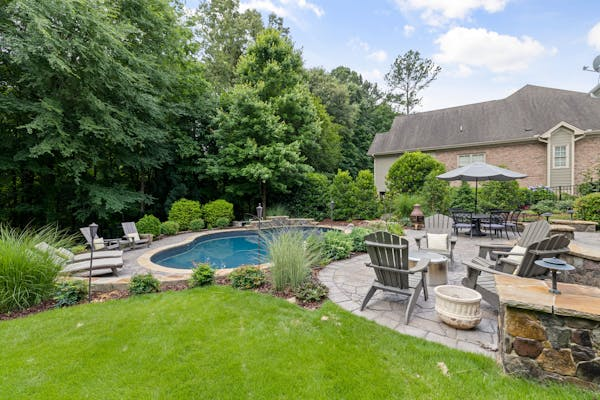6 Tips for Choosing the Best Layout for an Outdoor Space
Creating the outdoor area of a house is an enjoyable task for architects and designers. Unlike indoor spaces, there are no walls or load-bearing structures to limit creativity, allowing for more freedom in design.
Nevertheless, achieving the ideal layout for an outdoor space demands a high level of expertise and a distinct design phase. The meticulousness applied to interior spaces is equally necessary for the garden. Here are some tips for choosing the best layout for an outdoor space.
Begin with a Central Focus
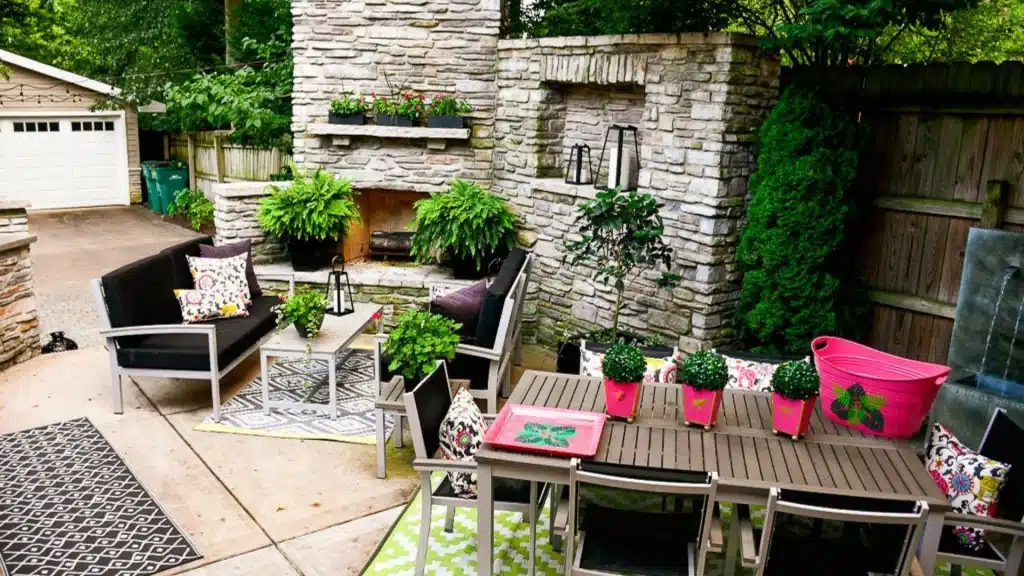
Like interior rooms, establishing a focal point is crucial when designing an outdoor space. This could be a large piece of wall art, a pond or fountain, a substantial potted plant, or an eye-catching piece of furniture.
From this central point, you can develop the rest of your area’s design features around it. To create a genuinely comfortable outdoor living space, you should designate a conversation area to arrange furniture like chairs, stools, benches, or outdoor sofas around a fire pit.
Determine the Purpose of the Space
Understanding the intended use of an outdoor space is crucial. A space primarily for dining differs in layout from one designed for sunbathing and enjoying the view. Consider outdoor areas for clients who frequently host dinners, barbecues, or social gatherings in their gardens.
Opting for a paved surface with a circular or oval shape centers the table as the focal point of the outdoor area. The table, symbolizing communication and closeness, benefits from a round shape without corners. Conversely, square paving and rectangular surfaces are more suitable for a large outdoor space focused on relaxation.
For example, various designer loungers arranged in the garden accommodate regular polygon-shaped paving with distinct walkways, avoiding circular or rounded lines. Coughlin Concrete can help you elevate the property with custom concrete solutions designed to fit the purpose of your outdoor space.
Think About the Lifestyle
To choose the ideal layout for an outdoor space, avoid overanalyzing the client’s lifestyle. If the client enjoys hosting numerous parties and social gatherings, making the house a lively hub, the outdoor area should naturally adopt a flexible design.
For spaces used for parties, consider setting them apart from the house (if space permits) to avoid issues with music or noise. Given the large gatherings, the garden should maximize paved areas according to available space. The materials should also meet specific technical requirements.
Understanding a client’s lifestyle is crucial for more serene spaces too. If they cherish peace in their garden, a thoughtfully landscaped area offering stunning sunsets and various cozy corners might be more suitable, each serving a distinct purpose like resting, reading, dining, or chatting.
Choose Classic and Durable Furniture
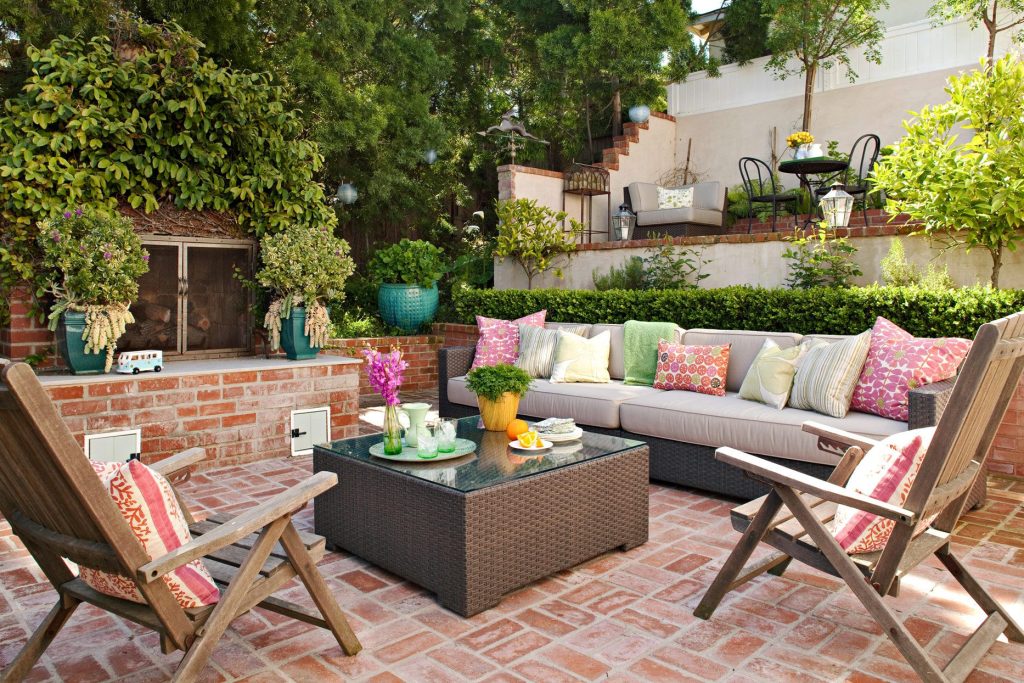
Maintaining a stylish patio or deck can be challenging if your furniture shows damage or color fading easily. To address this, consider investing in durable, weather-resistant outdoor furniture. Thankfully, homeowners have plenty of outdoor furniture options, with many available online. When selecting materials for your outdoor area, keep these tips in mind:
- Wood is a popular choice, but can be difficult to maintain. If you prefer a wooden look for your garden or backyard, consider opting for wicker or rattan chairs and tables.
- If you need furniture that’s easy to store, explore patio furniture sets.
Select the Roof Terrace Furniture Carefully
There are numerous types of outdoor designs and spaces. Furniture should seamlessly integrate with these elements, depending on the setting and mood you wish to create. Take your time selecting the right furniture, as it can significantly impact the ambiance of your outdoor area.
The available space will influence how you design your outdoor area. While not all city apartments have balconies, many feature roof gardens to compensate. These spaces can be communal, with various lounge sets allowing multiple groups to use the area simultaneously.
Don’t overlook your walls in your outdoor design. If your only outdoor space is a roof terrace, remember it may need to be divided into dining, relaxing, and entertaining zones. Include a dining set suitable for small gatherings, a sofa and a few chairs around a coffee table for conversation, and a lounger for leisurely Saturdays in the sun.
Create a Lighting Strategy for the Rooftop Terrace
Designing the lighting layout is a key aspect of outdoor design. It doesn’t take much effort to enhance the space with a few smart wall lights, a pendant or chandelier, and candles in hurricane lanterns on a small table or by the French doors.
For this type of outdoor design, built-in architectural terrace lighting and outdoor lights are crucial because they don’t occupy valuable floor space and won’t leave wires exposed after installation. The use of candles and fires adds a romantic touch to the setting. A roof garden is ideal for fire pits and chimneys, as the wind tends to be stronger due to the lack of cover, and the added warmth is beneficial. It also adds elegance to the outdoor design.
Endnote
These guidelines for designing outdoor living areas are crucial for crafting a functional and welcoming environment. You can create a beautiful outdoor retreat by considering the intended use, incorporating natural elements, tailoring it to your specific location, and adding textures.

